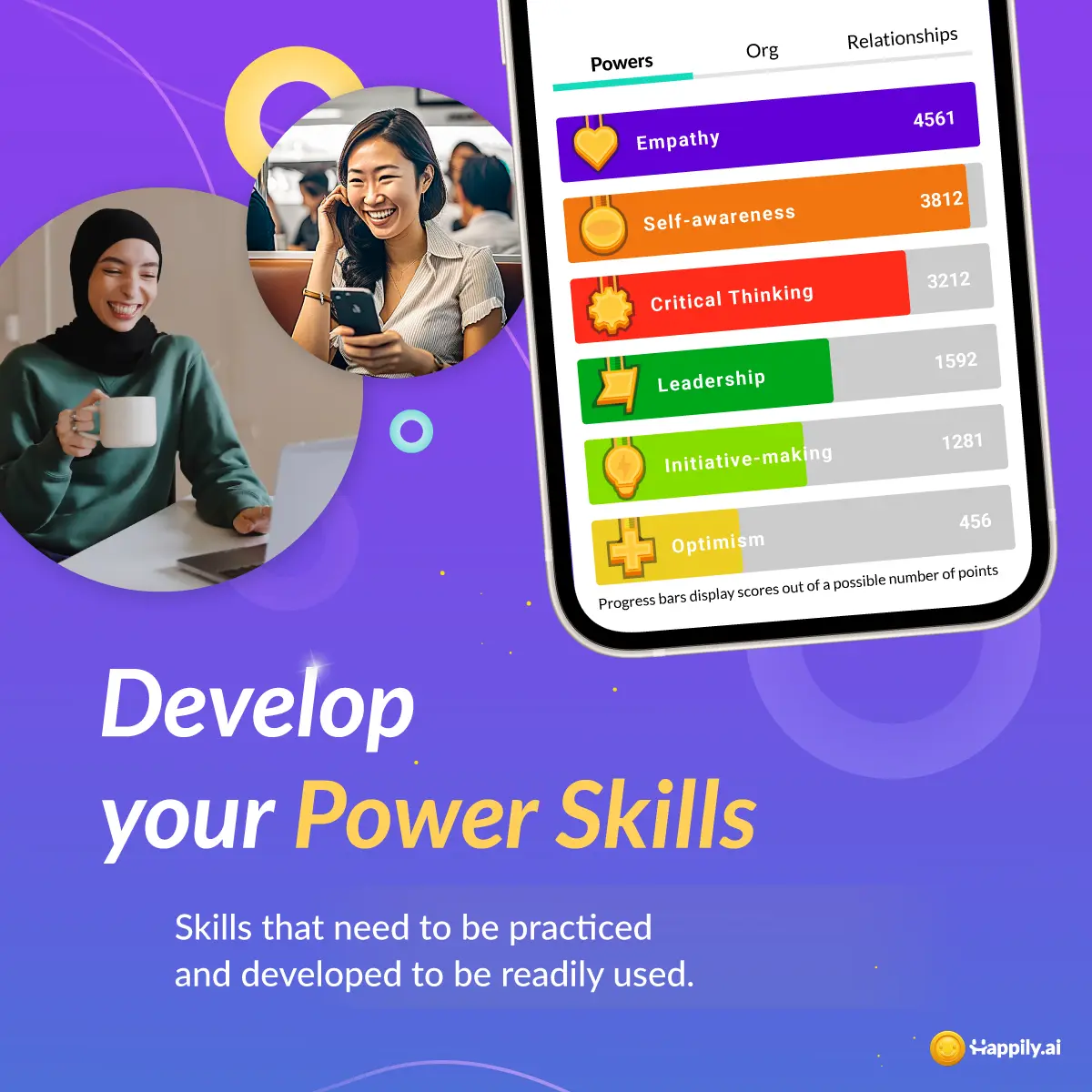SWOT, which stands for Strengths, Weaknesses, Opportunities, and Threats, can be used for personal and professional development. This article will delve into the different sections of a Personal SWOT analysis and provide helpful tips on how to get started.
Investing time in personal development is a crucial step towards achieving your goals and advancing your career. By taking the time to reflect on your strengths, weaknesses, opportunities, and threats, you can gain valuable insights that will help you improve your performance and overcome obstacles. This analysis can help you create a roadmap for your personal and professional growth and increase your chances of success.
Strengths

The first section of a Personal SWOT analysis is strengths. This section is where you identify the things that you are good at or excel in. Strengths are the things that you do well, and they give you an advantage over others. Some examples of strengths include:
- Excellent communication skills
- Attention to detail
- Positive attitude
- Good problem-solving skills
- Ability to work well under pressure
When identifying your strengths, it's essential to be honest with yourself. Don't be afraid to ask others for their opinions, as they may see things that you don't. Ask yourself these questions:
- What are the skills or talents that come naturally to me?
- What do others consistently compliment me on or seek me out for?
- What have been my greatest accomplishments in my personal or professional life?
- What unique qualities or characteristics do I possess that sets me apart from others?
- What tasks or activities do I find easy or enjoyable?
Weaknesses

The second section of a Personal SWOT analysis is weaknesses. This section is where you identify the areas that you need to improve. Weaknesses are the things that hold you back and prevent you from achieving your goals. Some examples of weaknesses include:
- Procrastination
- Poor time management
- Lack of confidence
- Inability to work well in a team
- Poor public speaking skills
When identifying your weaknesses, it's important to be objective. Don't be too hard on yourself, but don't underestimate the areas where you need to improve. Acknowledging your weaknesses is the first step towards improving them. As yourself these questions:
- What are the areas where I struggle or face challenges?
- What negative feedback have I received in the past?
- What are my biggest fears or insecurities?
- What skills or knowledge do I lack that could prevent me from achieving my goals?
- What tasks or activities do I find difficult or unpleasant?
Opportunities

The third section of a Personal SWOT analysis is opportunities. This section is where you identify the external factors that you can take advantage of. Opportunities are the things that can help you achieve your goals and move your career forward. Some examples of opportunities include:
- A new project or assignment at work
- Networking events
- Professional development courses
- The chance to work with a mentor
- A job opening in your desired field
When identifying your opportunities, it's essential to be aware of the external factors that can benefit you. Keep an open mind and be proactive in seeking out opportunities. Ask yourself these questions:
- What external factors or trends could create new opportunities for me?
- What new projects or initiatives are being undertaken in my workplace or industry?
- What professional development courses or certifications could help me advance my career?
- Who could I connect with or network with to expand my professional circle?
- What internal job openings or roles align with my interests and career aspirations?
Threats

The fourth section of a Personal SWOT analysis is threats. This section is where you identify the external factors that may pose a risk or challenge to your personal development. Threats are the things that can hold you back or hinder your progress. Some examples of threats include:
- Economic downturn
- Competitors in your industry
- Technological advancements that may make your skills obsolete
- Changes in the job market
- Health issues
When identifying your threats, it's important to be aware of the external factors that may affect your personal development. Keep an eye on the changes in your industry and the job market, and be prepared to adapt to the challenges that arise. Ask yourself these questions:
- What external factors or trends could pose a challenge to my career or personal life?
- What competitors or obstacles stand in the way of me achieving my goals?
- What economic or political changes could impact my industry or workplace?
- What new technologies or tools could render my current skills or knowledge obsolete?
- What potential health or personal issues could interfere with my performance or goals?

Develop your soft skills built-in to daily feedback
See how Happily.ai can help you and your organization develop essential skills for happy, high-performing teams
In conclusion, a Personal SWOT analysis is a powerful tool for personal development. By identifying your strengths, weaknesses, opportunities, and threats, you can create a roadmap for your personal and professional growth. Remember to be honest with yourself and seek out feedback from others. With the insights gained from a Personal SWOT analysis, you can take proactive steps towards achieving your goals and advancing your career.









